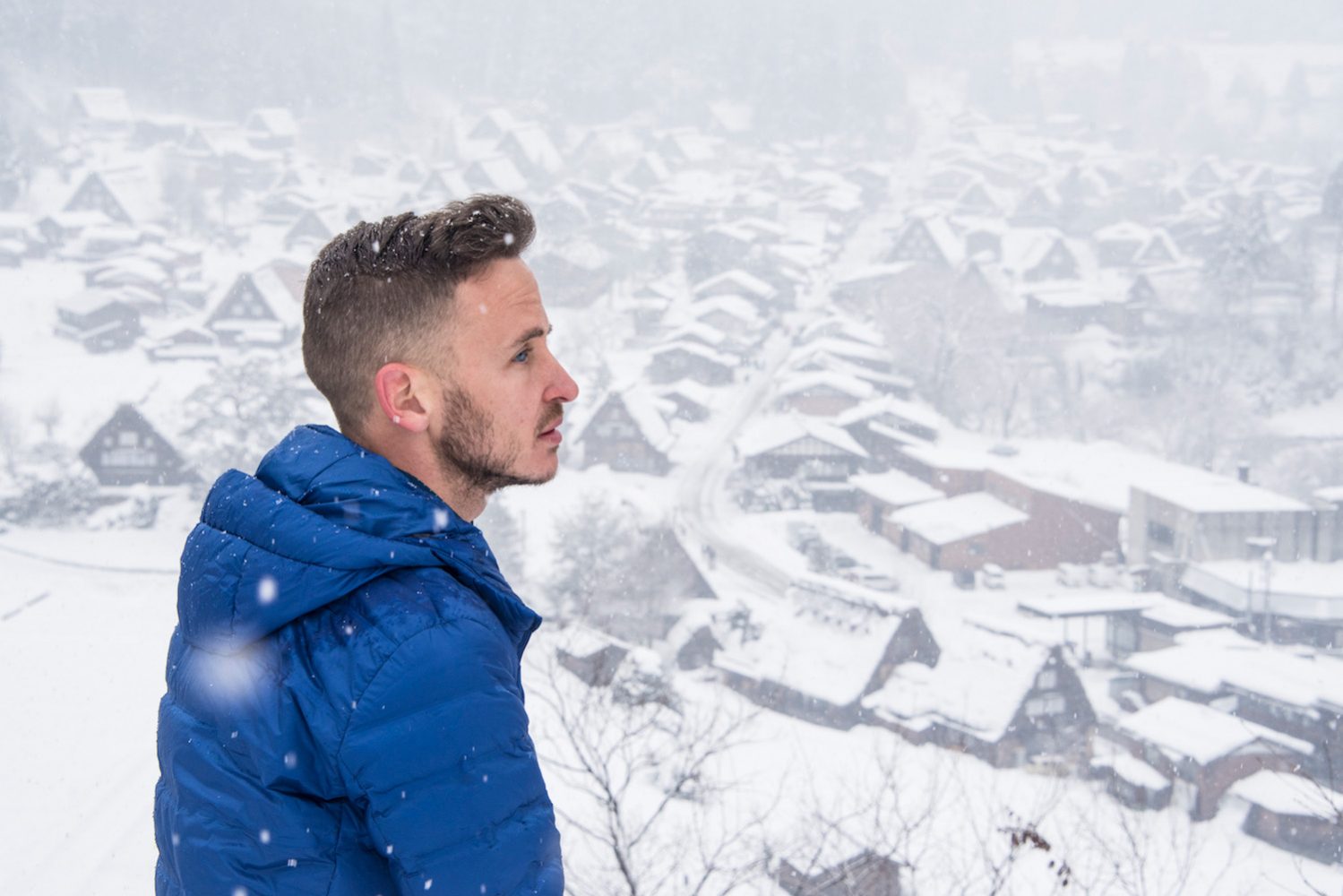When I think of winter in Japan, I think of an image I wasn’t able to capture. Mt. Fuji, lovingly rouged by the rising sun, visible only occasionally from behind the countless buildings the Keikyu Kuko Line snakes through on its way from Haneda Airport to Shimbashi—my earliest memory from my latest trip to Japan.
By the time I arrived in Akasaka, only shades of blue striated the sky. The streets were totally deserted, and so were both the escalators leading up to Hie Shrine. A serpentine string of torii hidden in the shade of skyscrapers, this forlorn friend to Kyoto’s Fushimi Inari Taisha was mine alone for the coldest hour of the morning, except for one demure old woman who shuffled her way up the staircase the gates encase.
Shivering as I strutted down them, I bathed in the strange warmth of solitude: I always feel the least lonely when I’m the most alone.
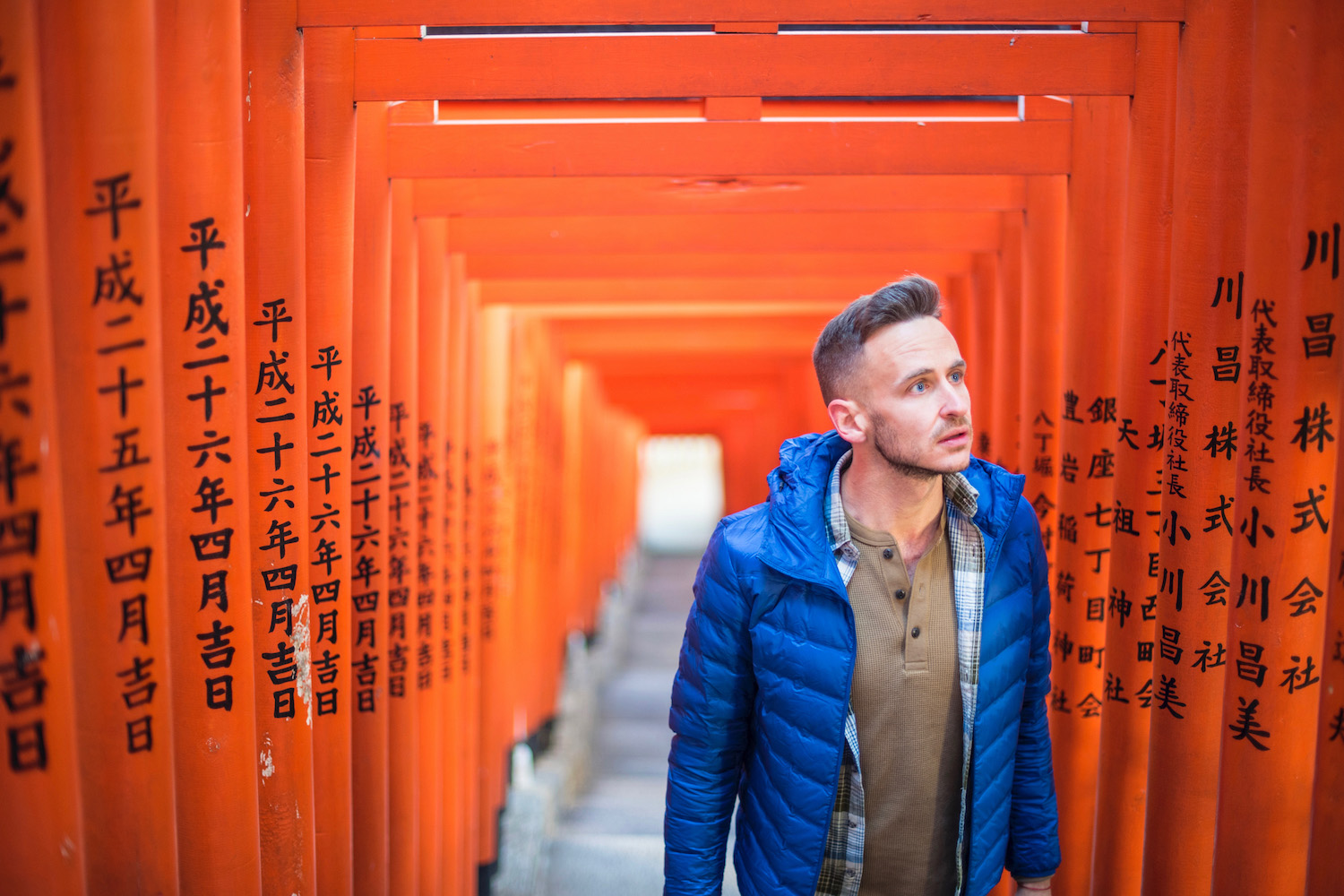
Certainly, a current of loneliness hummed under my trip, especially during the two days I spent enjoying winter in Tokyo. It had been less than a month, after all, since I’d said goodbye to my family, whom I wouldn’t be seeing again until the Summer Solstice.
The cold kicked into overdrive on day three. Even the six Buddha statues between the gates of Nagano’s Zenko-ji temple that morning were wearing crocheted caps; in the afternoon, Jigokudani’s red-faced macaques emerged from beneath the surface of their onsen only intermittently. By the time the sun set behind Matsumoto Castle, the entire world seemed as frozen as the still photos I was capturing.
I walked right into it—the frozen world and the loneliness. Parker waited by the door and cried, my sister Stephanie had texted me the night before I flew back to Asia, referring to the puppy she’d rescued just before I came home. Every time I exhaled, memories like this would take shape in the swirls of breath around me.
But winter in Japan in nothing if not inconsistent, and the melancholy that occasionally haunted me proved as fickle as the falling snow. It was so warm by the time I arrived to Takayama that the rickshaw driver who stood at the entrance to Sanmachi removed his outer layer as I walked past; while a blizzard blew through Shirakawa-go, the precipitation took liquid form in Kanazawa, stranding me within the covered comfort of Omicho Market for the rest of my fifth day.
On day six at dawn, fat flakes careened like kamizake into the Asano River and the row houses of Kazue-machi that rose behind it, a storm that laid a white carpet onto the grounds of Kenroku-en. As I walked into the garden, the fresh snow squeaking under my footsteps, a cerulean window opened in the clouds.
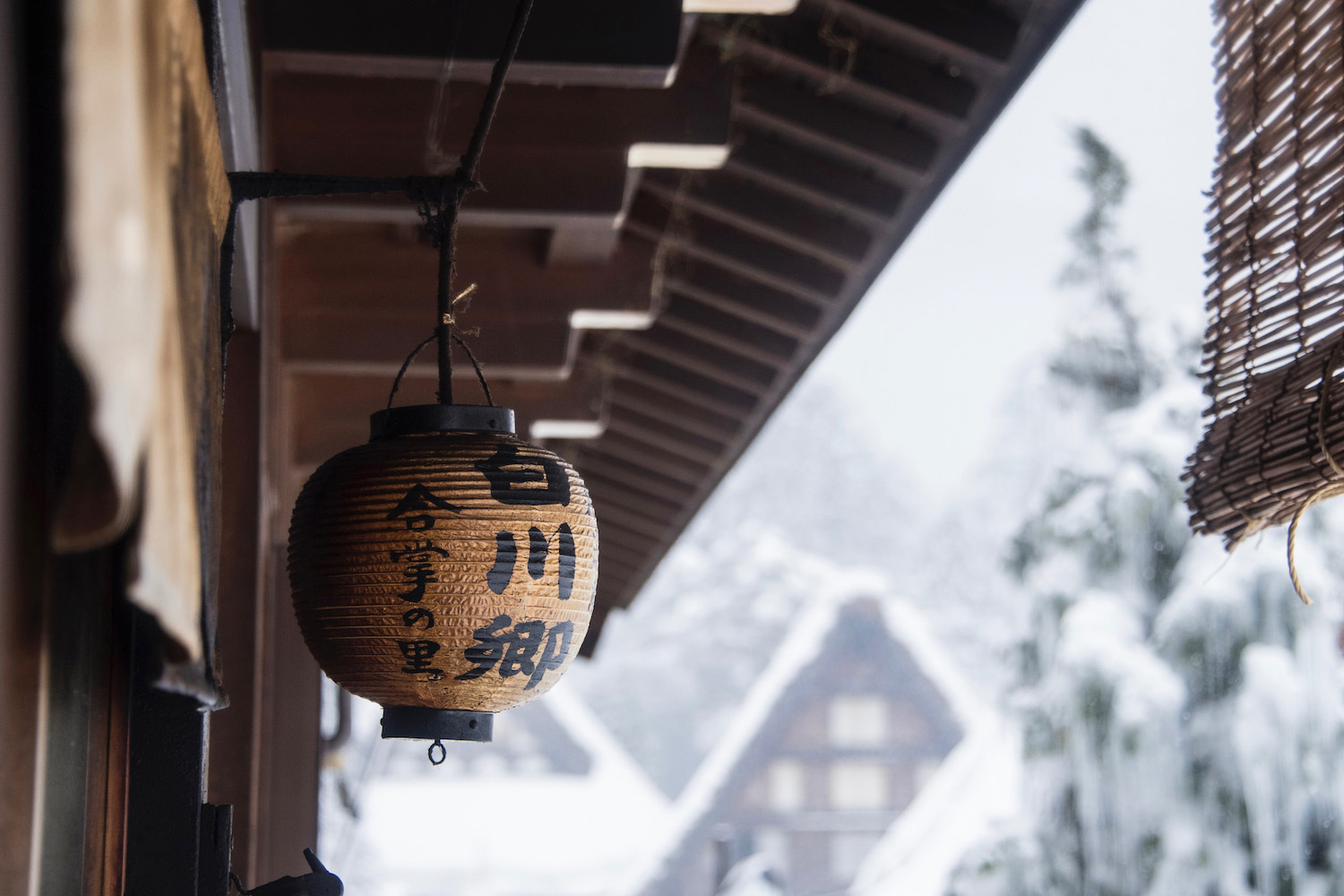

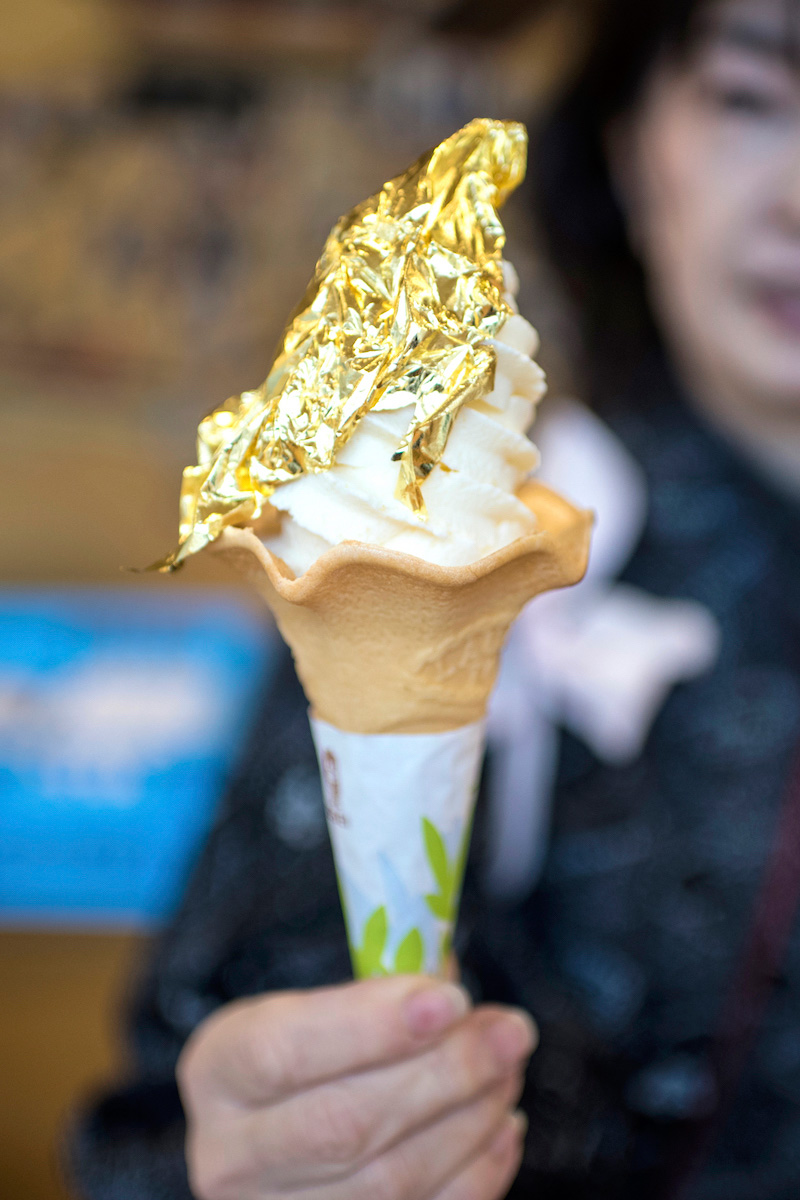
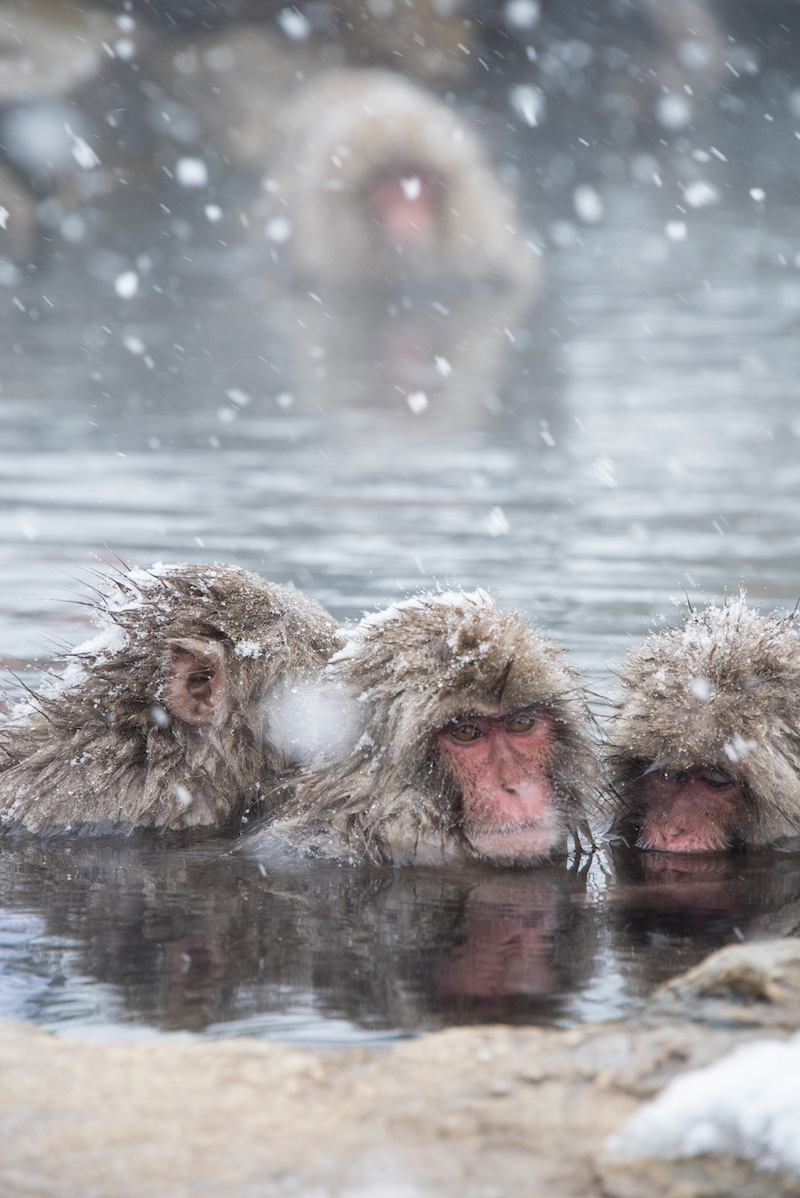
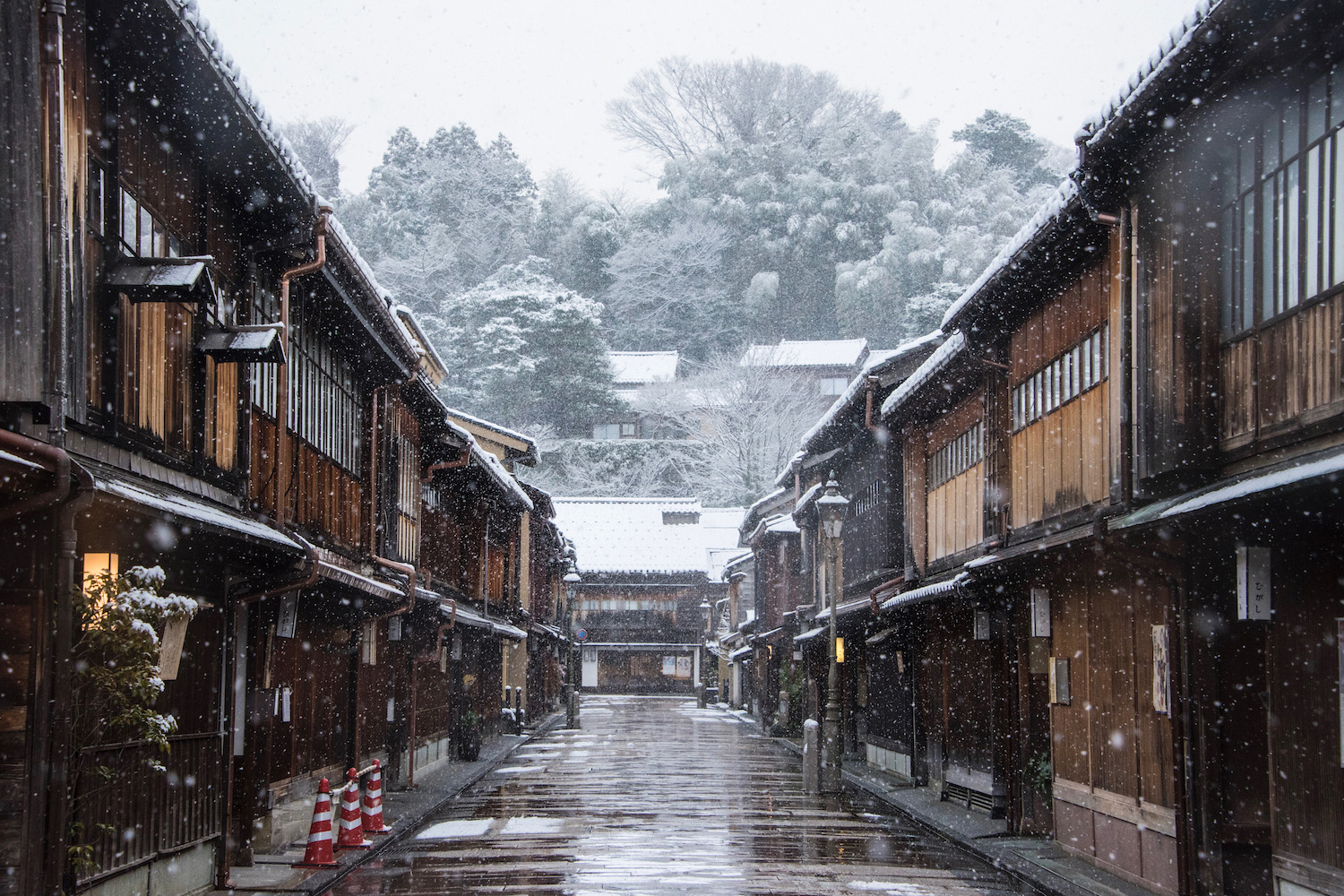
Of course, it is not magical experiences like this that allow me to continue shirking the inevitable happiness living closer to my family would bring.
No, as my 30s draw on, the rational part of my brain is slowly winning out. I don’t need to be close to Japan because of Kanazawa mornings that evoke Memoirs of a Geisha—I need to be here because an increasing proportion of my audience wants to as well.
The second half of my Japan snow season trip proved a microcosm of this tendency. Rather than weeping about zoo-like conditions of the so-called “Fox Village” of Miyagi prefecture (or burying my head in the sand—snow, as it were—by photographing the animals for hours longer than I needed to), I made a single pass through the park, capturing exactly what I saw with my camera—and, later that evening in the shadow of Mt. Iwate in Morioka city, my words.
The legendary Tsuru no Yu proved legendarily disappointing, to say nothing of how bland the destinations with which I bookended my trip (the Samurai town of Kakunodate and Yokote Castle, which is admittedly a re-construction) appeared under the flat, white sky that day. The wind was so strong as I made my way up Mt. Zao toward the Snow Monsters (the snow-covered trees, pictures of which had ultimately inspired me to come to Japan in winter) that the cable car leading to them had been shut down.
But none of this mattered: The last day of my trip, the last real one anyway, was going to be perfect.

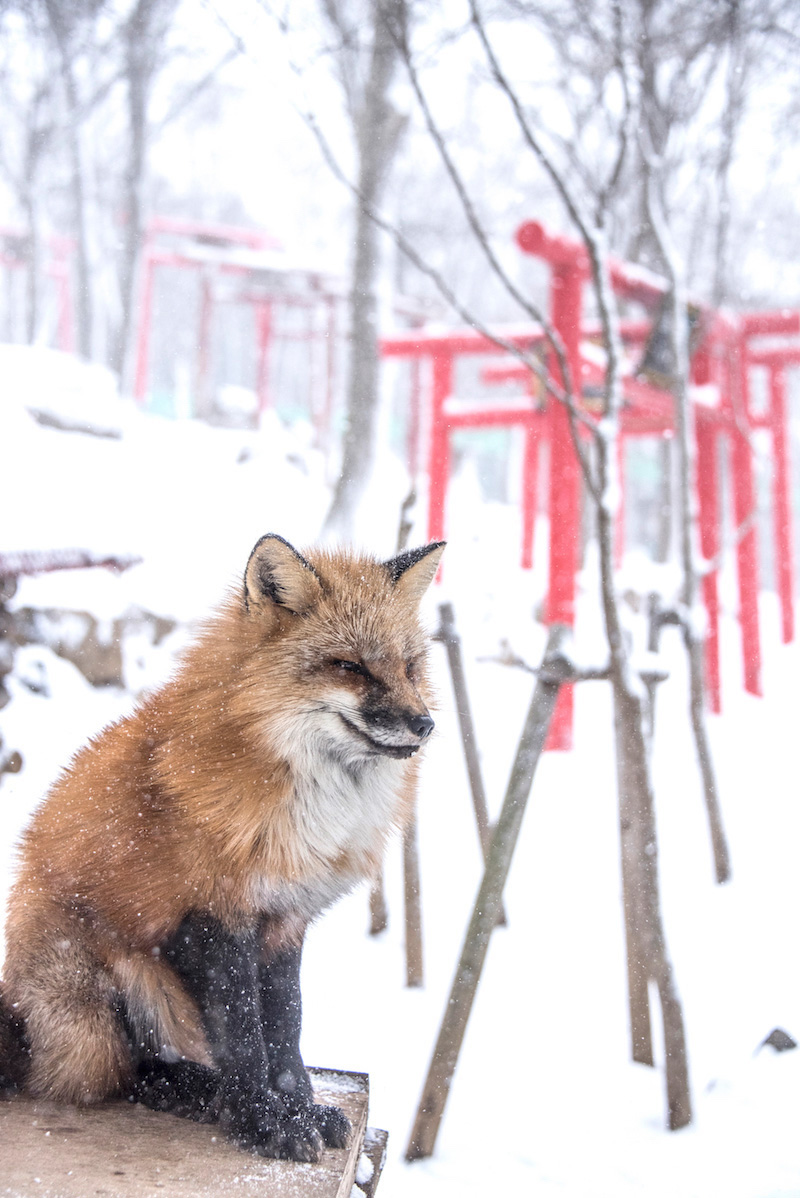

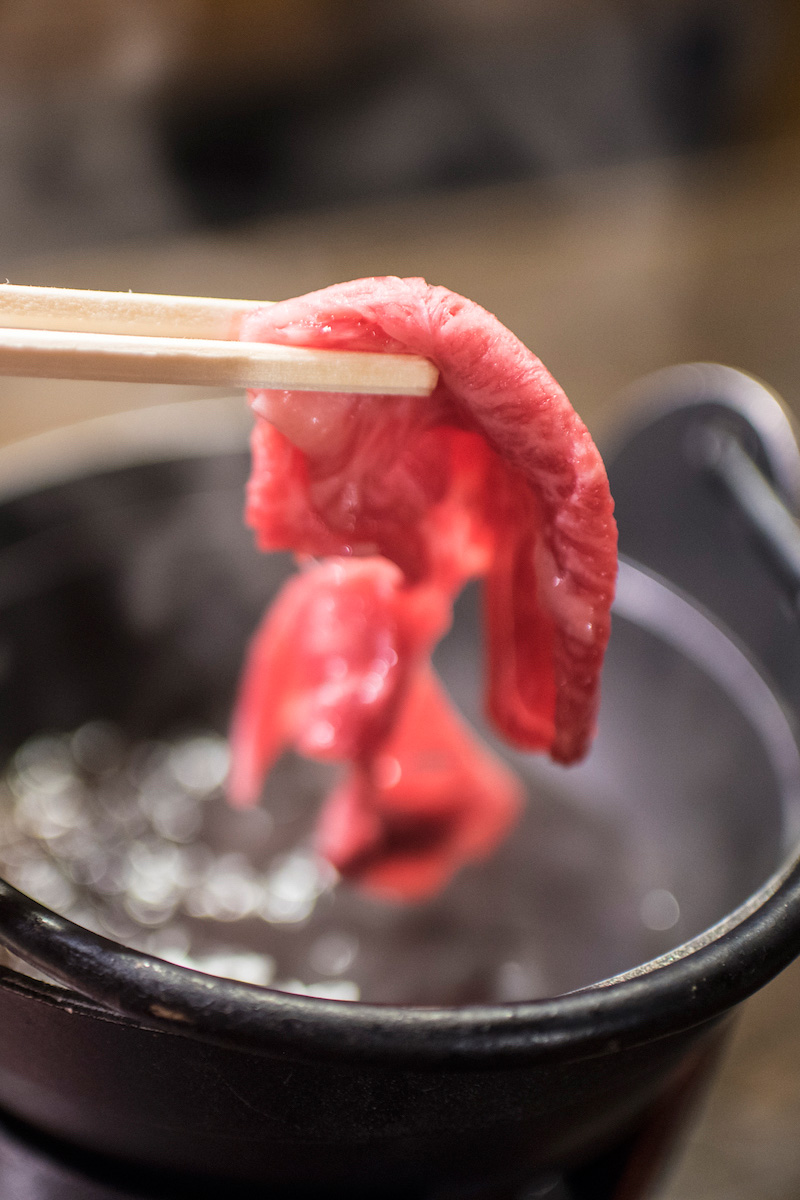

Based on my awful luck with weather during most of the trips I took last year, I subconsciously assumed that winter in Japan would feature overcast days inundated with inordinate amounts of precipitation, and preemptively made peace with that reality. I was particularly clear in this regard when it came to the Snow Monsters, in spite of prevailing wisdom about them, which states that they aren’t worth seeing if the sky’s not blue.
Yet there I was at the shuttered cable car station, looking down at a forecast that foretold a completely clear sky for the next day, with 100 percent certainty. It took everything I had not to get excited, let alone to sleep even part of the way through the night.
I tried to temper my bliss even as I frolicked in the midst of the monsters the following morning, which to be fair the significantly sub-zero temperatures made easy. It was so damn cold that even memories of time with my family during the holidays couldn’t warm me—Parker would rather poop inside than deal with air so frigid, Stephanie has since confirmed this fact.
Speeding away from this Japan ski resort on a Shinkansen Tsubasa bound for Tokyo hours later, I realized that basically every day of my trip had been perfect in some way, even though I never really bothered to dwell on it. So satisfied was I with the entirety of my visit to Japan in winter that when cold rain fell the following morning, chilling me very nearly to the bone as I traipsed amid the maneki-neko figurines of Gotoku-ji in Setagaya ward, I was almost thankful for it.
“It’s easier to leave a place that feels like this,” I said under my breath just after boarding the Narita Express, recalling how similar conditions in St. Louis had been the day I’d departed exactly five weeks earlier.
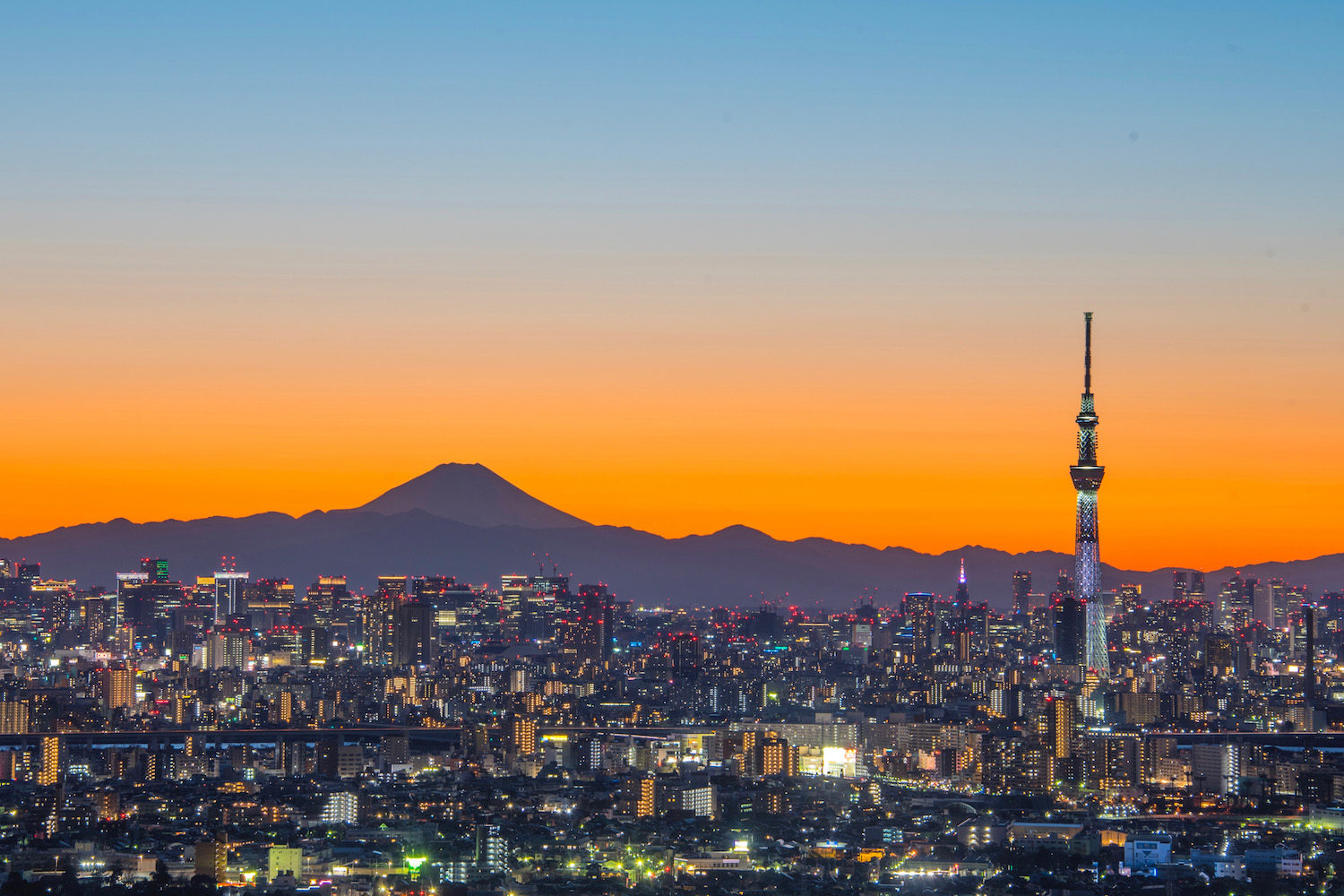
As my China Airlines A350 lifted off, I noticed Fuji’s snow cap peaking through the thick blanket of clouds. I remembered standing atop the observation deck of Ichikawa’s i-Link Tower on my first afternoon of winter in Japan, hoping the setting sun would paint Fujisan the same pink it had when it rose. But the golden glow above Fuji’s violet crown had instead evoked the memory of melting Creamiscles, and a summer as distant as the darkening horizon.



